Fiddle-Leaf figs (Ficus lyrata) are popular and spectacular houseplants. If you live in a warm, humid area such as Florida or Louisiana, you may be able to grow fiddle-leaf figs (Ficus lyrata) outdoors. However, this article will focus on growing it indoors as a houseplant.
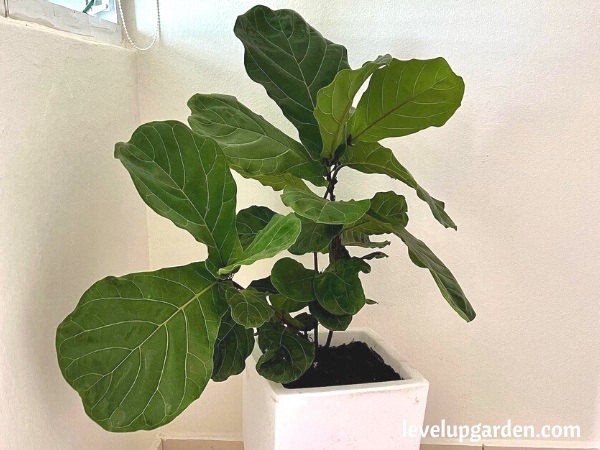
The fiddle-leaf fig bush is a compact bushy plant with several upright stems covered with bold, very large leaves. The leaves are 12 to 18 centimeters long and have rounded tips like a violin. Because it has multiple stems, the leaves are spaced along the stem, resulting in a broad, dense plant.
Eventually it grows up to 10 feet high and is ideal as a large, bold houseplant to fill large, tall spaces such as room corners, windowsills, atriums, sunrooms, and great rooms. Fiddle-leaf fig bush grows best in bright locations, but should be kept out of direct afternoon sun.
An east-facing window is ideal for this plant, and it does not do well in dark areas. Allow at least the top few inches of soil to dry out each time you water, and allow the soil to dry to the bottom of the pot in cool, dark areas or in winter. Water thoroughly when watering and feed regularly from spring through early fall. It is an easy plant to grow because it has few pests and good light conditions.
I. Plant Profile – An Overview of the plant
| Common name | Fiddle-Leaf Fig Tree |
| Botanical Name | Ficus lyrata |
| Family | Moraceae |
| Native to | Western Africa |
| Plant Type | Ornamental shrub/tree |
| Species | lyrata |
| Genus | Ficus |
| Hardiness Zones | 9-11 |
| Mature Height | 6-10 ft. |
| Mature Width | 2-3 ft. |
| Sunlight | Direct to indirect light |
| Growth Rate | Slow |
| Foliage Color | Variegated, dark green |
| Soil Type | Rich, loose, water retentive |
| Soil pH | 5.3-6.7 |
| Soil Drainage | Well-draining |
| Water Needs | Moderate |
| Maintenance | High |
II. Appearance
Fiddle-leaf figs are large evergreen trees, 6 to 10 feet tall in the tropics. The trunk and stem are erect, with a dome of wavy leaves 40 cm long and 30 cm wide. It is a popular indoor potted plant, often used for interior decoration and styling. Used as a large specimen tree growing 2-3 m tall and up to the ceiling.
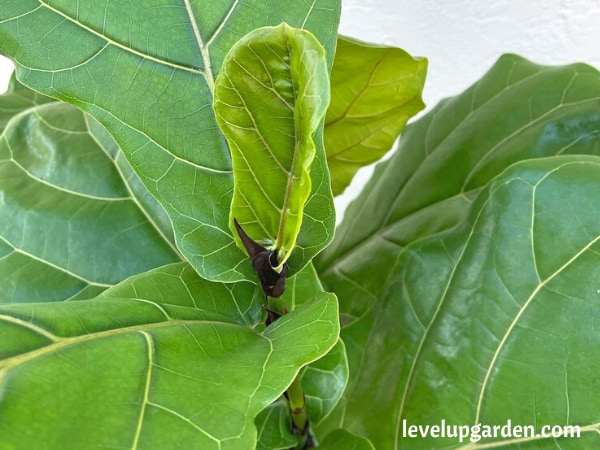
III. Growing and Care Conditions
Fiddle-leaf fig trees have multiple stems emerge from the ground to form a broad bush. The large leaves have an unusual shape with a broad, rounded tip and a narrow leaf blade near the stem. The shape of the leaves thus resembles the “violin” from which the plant takes its name, and is very unusual for a plant leaf.
The leaves are 12-18 cm long and 5 cm wide at their narrowest point; they are dark, rich green and have a leather like texture, with a smooth, shiny surface that creates a very attractive appearance. It would make a dramatic statement in a corner of a living room or in an entry hall. It also looks great in a large bathroom or in a room with a vaulted ceiling. As it grows taller, it becomes wider, creating an inverted pyramid-like shape.
Planting
Fiddle-leaf fig trees need lots of bright light with indirect lighting. An east-facing window with no draft is best. When planting, choose a pot 12 to 14 inches in diameter and use well-drained soil. Make sure the pot has drainage holes.
Light
Fiddle-leaf figs prefer and grow well in bright sunlight. Place them near a window that receives at least 5-6 hours of sun per day. They also do well with indirect sunlight but for best results make sure it gets the sunlight that it needs.
Watering
Wait for the top layer of soil to dry completely before watering deeply until the water begins to drain, repeat this process as needed. If the lower leaves are turning brown or yellow, you are overwatering. If the upper leaves are turning brown, it is under-watered. Water the leaves throughout the year during the dry winter months or if you live in an arid area.
Fertilizer
Fertilizer should be applied during the summer months when the tree is growing best. You can purchase a specialized fig fertilizer or look for a plant fertilizer with an N-P-K ratio of 3:1:2. Feed according to package directions about once a month during the spring and summer. Do not feed in the fall or winter.
Soil Requirements
Fiddle-leaf fig prefers soil with a nearly neutral acid/alkaline balance of pH 5.3 to 6.7, which is close to its natural growing environment. pH lower than 5.3 is too acidic and may cause the leaves to become limp and yellow. Conversely, a pH above 6.7 may be too alkaline, resulting in red spots on the leaves and poor growth.

Temperature
Big, bold styles are all the rage in houseplants right now, and Fiddle-leaf Fig bush is both. With its large leaves bunched on several stems, this widely bushy plant fills a large space. In homes where there is more space than furniture, this plant will bring a room to life. We recommend this plant for corners, alcoves, and other areas where space is limited.
In warmer climates, grow this plant in the ground or in containers outdoors year-round or for most of the year. In such cases, it grows more vigorously and can become a large shrub 10 to 20 feet tall or wide in a surprisingly short period of time. Most people, however, will pot it indoors and expect it to be 6 feet tall in a couple of years. This hardy and easy plant certainly deserves its popularity for its appearance and its ease of growing indoors.
Pruning
The two main causes of brown spots on fig leaves are overwatering and excessive sunlight. Yellowing with a brown center often indicates overwatering. On the other hand, irregular rows of brown spots often indicate sunburn or insect infestation.
Cut off the damaged leaves. The leaves will not heal, but new leaves will grow as they are removed. If your fig tree becomes too tall and leggy, cut off the top portion and use that area to plant new plants.
Pests and Diseases
As far as growers know, all kinds of pests prefer fig trees. The best way to prevent them is to pay attention to watering, sun exposure, and humidity. If that doesn’t work, look for a fig spray or fertilizer. Also, be careful with pets. It is toxic to animals and should be protected from dogs and cats.
Pollination
To create a new fig tree, use clean pruning shears to make a 45-degree cut just below the bud on the branch. Make sure the cut twig has at least three leaf nodes. Without twigs and nodes, the plant will not be able to grow fully. It usually takes 4-6 weeks for new fiddle-leaf figs to take root.
The cut twigs can be placed in water, inserted in soil, or started planting in an air layer. If inserted in water, remove the lower leaves and replace the water at least every other day. As soon as the plant begins to root, replant it in a loose, sterile culture (too heavy a culture will put too much stress on the fragile roots).
A better method is to dip the cut ends of the twigs into the growing medium. Cut off the lower leaves. Using a pencil or stake, make a hole in the growing medium and insert the cut stem. Water daily, but be sure to allow the growing medium to drain well so that the cut ends do not get waterlogged.
The third method is air layering. Remove the bark in strips and apply a glow starter to the cut. Then, wrap the cut area with sterile culture medium and cover with plastic wrap. Water daily until roots emerge, then detach from the parent tree and plant.
IV. Uses
Of all the houseplants available, why should you buy a fiddle-leaf fig? They are rapidly gaining popularity and recognition for several reasons. They are popular because they match any style, whether modern, contemporary, coastal, or country chic. It can give a room a stylish makeover without the hassle and cost of remodeling.

Not only is this plant aesthetically appealing, it is also functional. Its broad, violin-shaped leaves make it a highly air-purifying plant. This fiddle-leaf fig removes common airborne toxins such as formaldehyde and dioxins, allowing you to breathe easier in your home or office.
You have probably heard that many indoor houseplants remove chemicals such as formaldehyde, ammonia, and benzene from indoor air better than any other technology and promote healthy oxygen levels through breathing. While this research was done under self-contained space station-like conditions, plants also have that effect in our own homes.
Many plants, including the ficus tree, such as Ficus lyrata, can help clean the air and remove harmful chemicals. Fiddles can also grow quite large, and larger plants are more effective at cleaning indoor air because they breathe more than smaller plants. If you want to breathe easier in your home, try fiddle-leaf figs.
If you’ve ever grown a fig leaf, you understand the spiritual benefits of this beautiful tree. But really, taking care of this tree is a wonderful way to increase your sense of accomplishment and productivity. Many owners also become attached to their plants, giving them names.
In this study, elementary school students found that when live houseplants were placed in their classrooms (compared to artificial plants, images of plants, or no plants at all), they were more attentive and more focused. Try hanging around a houseplant when you need to concentrate. You might notice a difference in your ability to concentrate.
The Fiddle-Leaf Fig Tree is not a plant to be overlooked. Its enormous size should be noted. It can be used to enhance a room’s décor and create a particular effect. It can also be trimmed at the top to make it more bushy, or you can choose a variety with the characteristics you need.
V. Why should you buy this plant
Its glossy, violin-shaped foliage has made it the most popular houseplant of the last decade. The Fiddle-Leaf Fig grows 6 to 10 feet tall and is ideal for indoor living. This tree thrives in natural or indirect light.
Fiddle-leaf Fig is becoming the most sought-after houseplant of the last decade. Its large, glossy, violin-shaped leaves are a perfect contrast to its namesake’s sleek trunk. Standing 6 to 10 feet tall, it makes a dramatic and voluptuous addition to any space.
Fiddle-leaf figs can be easily managed in pots wherever they are planted. It is also disease and pest resistant, so there is no need to use chemicals. Ordering fiddle-leaf figs is an effortless way to add a touch of elegance to your decor.
From a home office to a corner of your living room, any space can be dressed up with Fiddle-Leaf Fig. Just think of a bright, moist space in your home or office. A little water and fertilizer is all you need to grow Fiddle-Leaf Fig.
VI. FAQs
How do I care for my fiddle-leaf fig tree?
Fiddle-Leaf Figs need a lot of natural light, so they do best when placed directly next to a window. Water it thoroughly about once a week, and water again when the top 2 to 3 inches of soil is dry.
What are fiddle-leaf figs best suited for?
Its broad, violin-shaped leaves make it a highly air-purifying plant. They remove common airborne toxins such as formaldehyde and dioxins, so you can breathe easily in your home or office.
Where to place fiddle-leaf figs?
South-facing windows are the ideal home for fiddle-leaf fig plants because they receive the longest hours of bright sunlight. South-facing windows can provide eight or more hours of bright sunlight per day, but rarely direct harsh light onto the foliage.
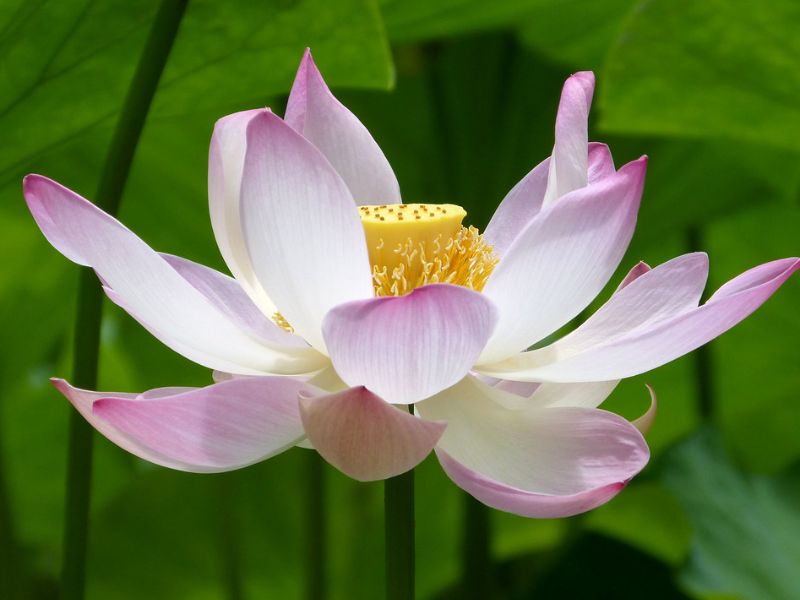
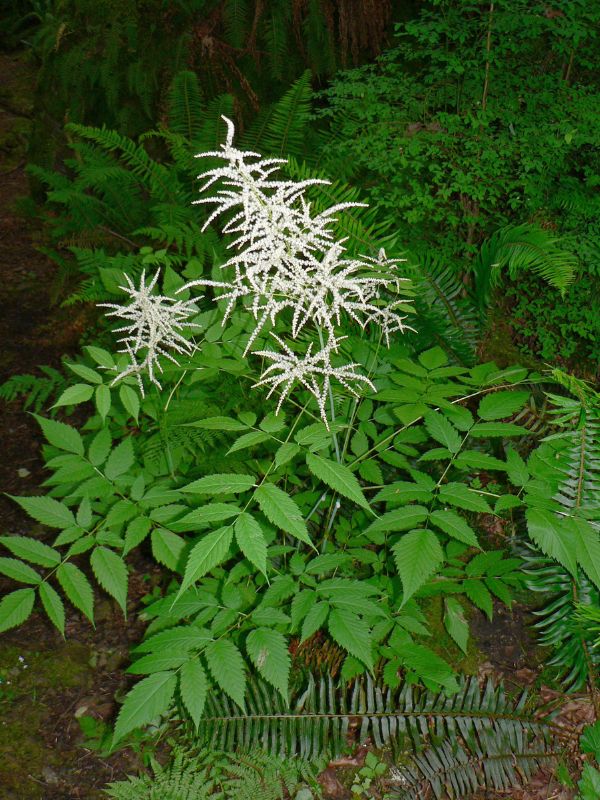
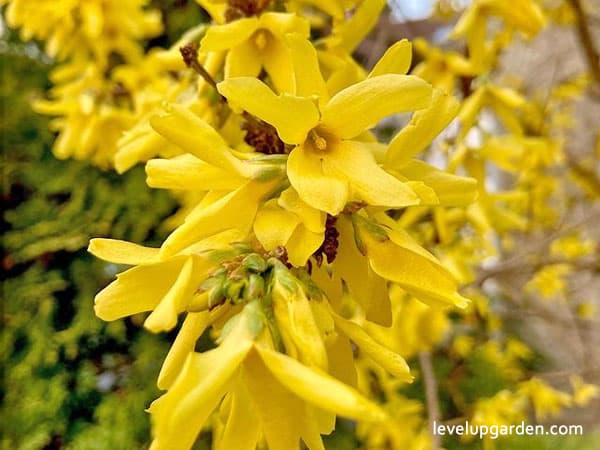





2 responses to “Fiddle-Leaf Fig Tree (Ficus lyrata)”